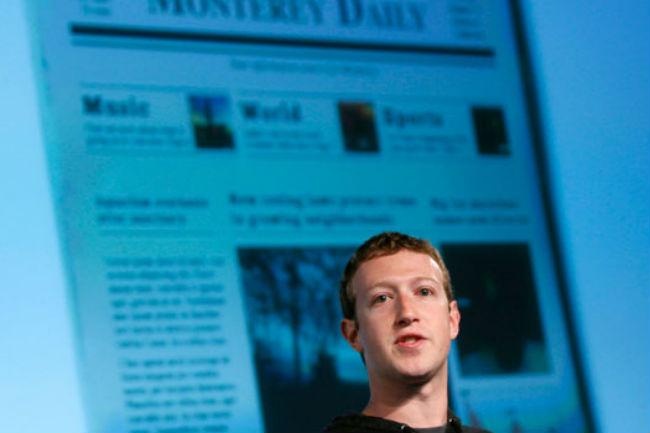
Think of the last time a major news story broke. Where did you hear about it? For many social media users, sites like Facebook and Twitter are the way we discover news stories — status updates celebrating the death of Bin Laden or poking fun at Toronto Mayor Rob Ford’s crack antics are the new newspaper boys yelling on the corner. And even when news isn’t breaking, social media is still a major hub for sharing stories.
Pew Research Center examined the role news plays in social media, and none of the results are shocking, but they underscore how essential the social web is for consuming news content. Here are some of the center’s findings:
Redditors are the most news-obsessed.
People use different social networks for different purposes, and the study indicates that people who use Reddit often use it as a source for news — 62 percent find news items on the site, compared to 52 percent of Twitter users and 47 percent of Facebook users. Poor Pinterest isn’t the place for news — only 3 percent of users find news stories there (but just TRY to find a mason jar centerpiece image on Reddit, right?)
Facebook is strongest news delivery service.

Even though Redditors are more likely to consume news than Facebook users, there are way more people who use Facebook than Reddit, so in terms of numbers, Facebook is delivering the most news to the most people.
Variety is the spice of … news: Users often get news from more than one site.

Most people – 65 percent – get their news from just one social site: Facebook. But the other 35 percent get their news from multiple sites — and that’s likely to increase as both Facebook and Twitter chase breaking news and events alerts.
Breaking down social news delivery by demographics.

Not all social news consumers are alike: males are more likely to get their news from LinkedIn than females, and Democrats are more likely to get their news from Twitter than Republicans.
None of this means social news sharing is usurping traditional platforms.

People aren’t just abandoning the practice of looking at traditional platforms for news, although YouTube and Facebook news-getters are less likely to do so than Twitter users.
Twitter users are reading news on-the-go.

When it comes to checking mobile devices for news updates on the social Web, Twitter users are most likely to be tuned in, followed by LinkedIn users. It’s less likely that people are getting news on YouTube through their mobile device – which makes sense because watching videos is not a multitasker’s friend.
What does this mean for news makers and social networks?
Nothing in this report is shocking, but it could be of use to Twitter and Facebook, since both networks are attempting to become better news sharing platforms. Twitter just experimented with push notifications for news alerts, and Mark Zuckerberg made it clear he wants Facebook to serve as the world’s newspaper — so the way people are currently consuming news on these sites is important for them to look at to develop strategy in the future.



